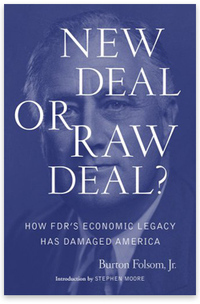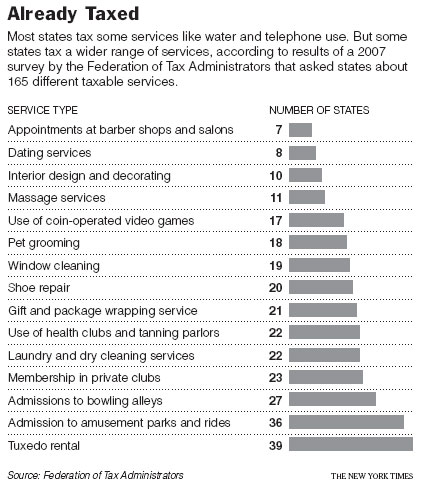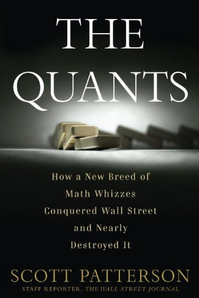(p. 1) If you blinked, you might have missed the ugly first-quarter report . . . from Freddie Mac, the mortgage finance giant that, along with its sister Fannie Mae, soldiers on as one of the financial world’s biggest wards of the state.
Freddie — already propped up with $52 billion in taxpayer funds used to rescue the company from its own mistakes — recorded a loss of $6.7 billion and said it would require an additional $10.6 billion from taxpayers to shore up its financial position.
The news caused nary a ripple in the placid Washington scene. Perhaps that’s because many lawmakers, especially those who once assured us that Fannie and Freddie would never cost taxpayers a dime, hope that their constituents don’t notice the burgeoning money pit these mortgage monsters represent. Some $130 billion in federal money had already been larded on both companies before Freddie’s latest request.
But taxpayers should examine Freddie’s first-quarter numbers not only because the losses are our responsibility. Since they also include details on Freddie’s delinquent mortgages, the company’s sales of foreclosed properties and losses on those sales, the results provide a telling snapshot of the current state of the housing market.
That picture isn’t pretty. Serious delinquencies in Freddie’s single-family conventional loan portfolio — those more than 90 days late — came in at 4.13 percent, up from 2.41 percent for the period a year earlier. Delinquencies in the company’s Alt-A book, one step up from subprime loans, totaled 12.84 percent, while delinquencies on interest-only mortgages were 18.5 percent. Delinquencies on its small portfolio of op-(p. 2)tion-adjustable rate loans totaled 19.8 percent.
The company’s inventory of foreclosed properties rose from 29,145 units at the end of March 2009 to almost 54,000 units this year. Perhaps most troubling, Freddie’s nonperforming assets almost doubled, rising to $115 billion from $62 billion.
For the full commentary, see:
Gretchen Morgenson. “Fair Game; Ignoring the Elephant in the Bailout.” The New York Times, SundayBusiness (Sun., May 9, 2010): 1-2.
(Note: ellipsis added.)
(Note: the online version of the article was dated May 7, 2010.)




